(Page créée avec « 4) Cut off the surplus insulation ») |
(Page créée avec « '''Note''' ») |
||
| Ligne 211 : | Ligne 211 : | ||
4) Cut off the surplus insulation | 4) Cut off the surplus insulation | ||
| − | ''' | + | '''Note''' |
Prévoir dans le design de la marmite de pouvoir refermer complètement l'enceinte, de façon à ne pas laisser d'espace sans isolant. | Prévoir dans le design de la marmite de pouvoir refermer complètement l'enceinte, de façon à ne pas laisser d'espace sans isolant. | ||
Version du 29 octobre 2021 à 13:13
Description
The Norwegian Kettle allows for an extended period of passive cooking without supplying heat.
Sommaire
Sommaire
- 1 Description
- 2 Sommaire
- 3 Introduction
- 4 Video d'introduction
- 5 Étape 1 - Manufacturing stages
- 6 Étape 2 - 1) Prepare the installation
- 7 Étape 3 - Construct the small box
- 8 Étape 4 - Construct the larger box
- 9 Étape 5 - Add the protective cover to the small box
- 10 Étape 6 - Tapisser la grande caisse de l'isolant.
- 11 Étape 7 - Imbriquer le tout
- 12 Étape 8 - Conseil d'utilisation
- 13 Étape 9 - Contenu pédagogique à télécharger
- 14 Notes et références
- 15 Commentaires
Introduction
Cooking is an incredibly inefficient process. The thermal efficiency varies from 13% for electric hot plates to 23% for gas hot plates and from 5% to 25% for open fires and biomass ?stoves? Stoves also cause increased pollution levels in the interior air space, particularly in developing countries but also in modern kitchens with ?assisted? hearths.
Low-tech solutions do exist for the improvement of these problems. Whilst we can see clear improvements through the use of a pressure cooker, these containers lose significant heat through their inner surfaces which are often poorly insulated or uninsulated. And there is still the problem of losses from heat transfer in the case where the low-tech insulating wrapper has not been used [insert link]. But if the food contents are brought to their boiling point and the container placed in a well-insulated box, the heat losses are minimised and the cooking can continue without the addition of further energy.
This is the principle of the Norwegian Cooker, also known as a hay box. By analogy, one can compare this type of cooker with the concept of a passive house: that is a well-insulated building that requires only a little energy for heating or cooling.
Of course the energy economics depend on several factors: the material used for the insulation, the overall design of the cooking pot, the time required to cook the dish, the food and the speed with which it is transferred from the gas cooker to the cooking pot. According to the Partnership for Clean Indoor Air and their comparative test of 18 types of solid fuel stoves, there would be on average a 50% energy-saving from using a Norwegian Cooker.
Here we are going to integrate the Norwegian Cooker into a kitchen drawer
Find in this report an analysis of the usage of the Norwegian Cooker as well as 11 other low tech. experiments throughout the project "In Search of a Sustainable HabitatYoutube
Matériaux
- Wooden planks from wine boxes, palettes, plywood off-cuts, etc. ....
- Nails
- 1 protective cover [?check]
- 1 duvet for insulation
- Pattes d'assemblages [?? ] and screws
- A wooden box
- A box
- A cardboard box
- A chest
- An old polystyrene fish box
- A basket
- A bucket with a lid
- A cooler
- An insulated bag
- A toy box
- A washing tub
- A trunk or a suitcase
- A kitchen cupboard or draw
- A hole in the ground
- ......
You get the idea
Other options for the insulating material
- Blanket
- Duvet
- Eiderdown
- Sleeping bag
- Wool
- Textiles (old pullovers, anoraks, towels, curtains...);
- Cushions
- Jute sacs
- Hemp
- Sawdust
- Bark
- Cork
- Polystyrene
- Survival blanket
- Straw, hay...
- Glass wool
- Banana leaves
- ...
Outils
If you already have containers, no need for tools!
If you want to make a hay box from wooden planks for example, you will need the usual tools:
- Hammer
- Screwdriver
- Tape measure
- Wood saw or appropriate choice for the selected material
- Gloves
- Safety glasses
- Ruler
- Scissors
Other possible tools
- Wood glue
- Set-square
- Double sided Scotch tape
- Stapler
Étape 1 - Manufacturing stages
1) Prepare the installation
2) Construct the small box
3) Construct the large box
4) Add the protective cover to the small box
5) Add the insulation to the large box
6) Fit everything together
Étape 2 -
1) Prepare the installation
1) Prepare the installation
The pot
1) Decide which cooking pot or casserole dish you will use for cooking in the Norwegian kettle
Measure the length, width and depth of the cooking pot
The location of the installation
3) Determine the location of your Norwegian kettle. If it is to be a kitchen drawer or a cupboard, measure the height, width and depth.
Validation
4) Confirm that the space between the two boxes is at least 10 cm so that they can be placed inside each other and that the thickness of the insulation will be sufficient.
Étape 3 - Construct the small box
Note: The small box must be at least 1 cm higher than the cooking pot and at least 4 cm wider or longer
1) Using either a wood saw or a jig saw cut the wooden planks using the measurements taken previously
2) Assemble the wooden planks using nails and a hammer
Planks for the small box
- 2 planks (1 cm taller than the cooking pot) x (4 cm longer than the cooking pot)
-2 planks (1 cm taller than the cooking pot) x (4 cm wider than the cooking pot)
- 1 or several planks (4 cm wider than the pot) x (4cm longer than the pot)
Étape 4 - Construct the larger box
1) Take measurements of the location
2) Take 1 cm off these measurements to ensure that the outer box can easily fit
3) Cut the planks using either a wood-saw or a jigsaw
Notes:
The large box must be adapted to the proposed location for the Hay Box, be larger (in length, height and width) than the small box by at least 10 cm to allow the fitting of an insulating blanket at least 5 cm thick.
The bottom of the drawer can be used as the bottom of the box
4) Assemble the wooden planks using nails and a hammer
Planks for the large box
-2 planks (10 cm taller than the cooking pot) x (10 cm longer than the cooking pot)
- 2 planks (10 cm taller than the cooking pot) x (10 cm wider than the cooking pot)
- If you need a bottom for the box: one or more planks (10 cm wider than the the small box) x (10 cm longer than the small box)
Étape 5 - Add the protective cover to the small box
1) Déplier la couverture de survie et tapisser la petite boite avec la face argentée vers l'extérieur car c'est elle qui réfléchit la chaleur.
Découpe
2) Placer le plat dans la petite caisse
3) Refermer la couverture de survie sur votre plat
4) Anticiper le surplus et découper la couverture de survie afin de ne pas être encombré par un surplus trop important lors de l'utilisation.
5) Si besoin agrafer ou scotcher la couverture de survie à la petite caisse.
Étape 6 - Tapisser la grande caisse de l'isolant.
Remarque : Le but est de faire un foyer douillet à votre marmite pour qu'elle ne prenne pas froid. Plus il y a d'épaisseur d'isolant, plus la marmite conservera la chaleur.
Cutting Out
1) Place the duvet (or other insulating material) in the bottom of the large drawer
2) Place the small box inside
3) Fold back the insulation on the small box to estimate how much extra there is
4) Cut off the surplus insulation
Note
Prévoir dans le design de la marmite de pouvoir refermer complètement l'enceinte, de façon à ne pas laisser d'espace sans isolant.
Ne pas hésiter à essayer différents isolants afin de déterminer lequel sera le plus performant.
Étape 7 - Imbriquer le tout
1) Sortir le tiroir qui accueillera la marmite norvégienne.
2) Y imbriquer le tout.
Étape 8 - Conseil d'utilisation
L'utilisation de la marmite est très simple :
- Portez votre plat à ébullition ou à température souhaitée sur une plaque classique;
- Placez le dans la marmite et refermez la;
- La cuisson dans une marmite norvégienne est en moyenne 1/3 plus longue que sur le feu : cela peut passer comme une contrainte, mais imaginez tout ce que vous pouvez faire en attendant, en sachant que vous n'avez pas à surveiller votre plat de peur qu'il cuise trop ou brûle...
Étape 9 - Contenu pédagogique à télécharger
Vous pouvez télécharger une fiche pédagogique créée par le Low-tech Lab dans la partie "Fichiers" du tutoriel (onglet au niveau de la section "Outils-Matériaux")
Notes et références
- If We Insulate Our Houses, Why Not Our Cooking Pots? : Article du Low-tech Magazine sur les techniques alternatives de cuisson. On retrouve quelques chiffres sur les performances énergétiques de la cuisson sans feu.
Published
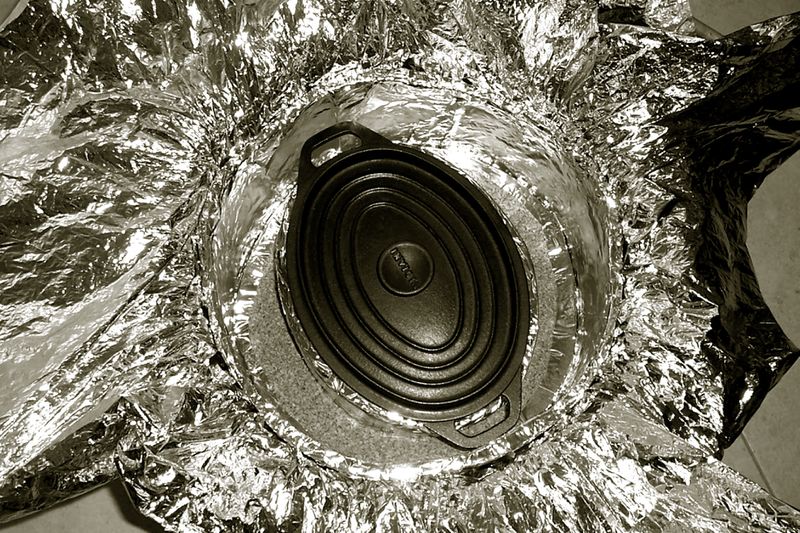
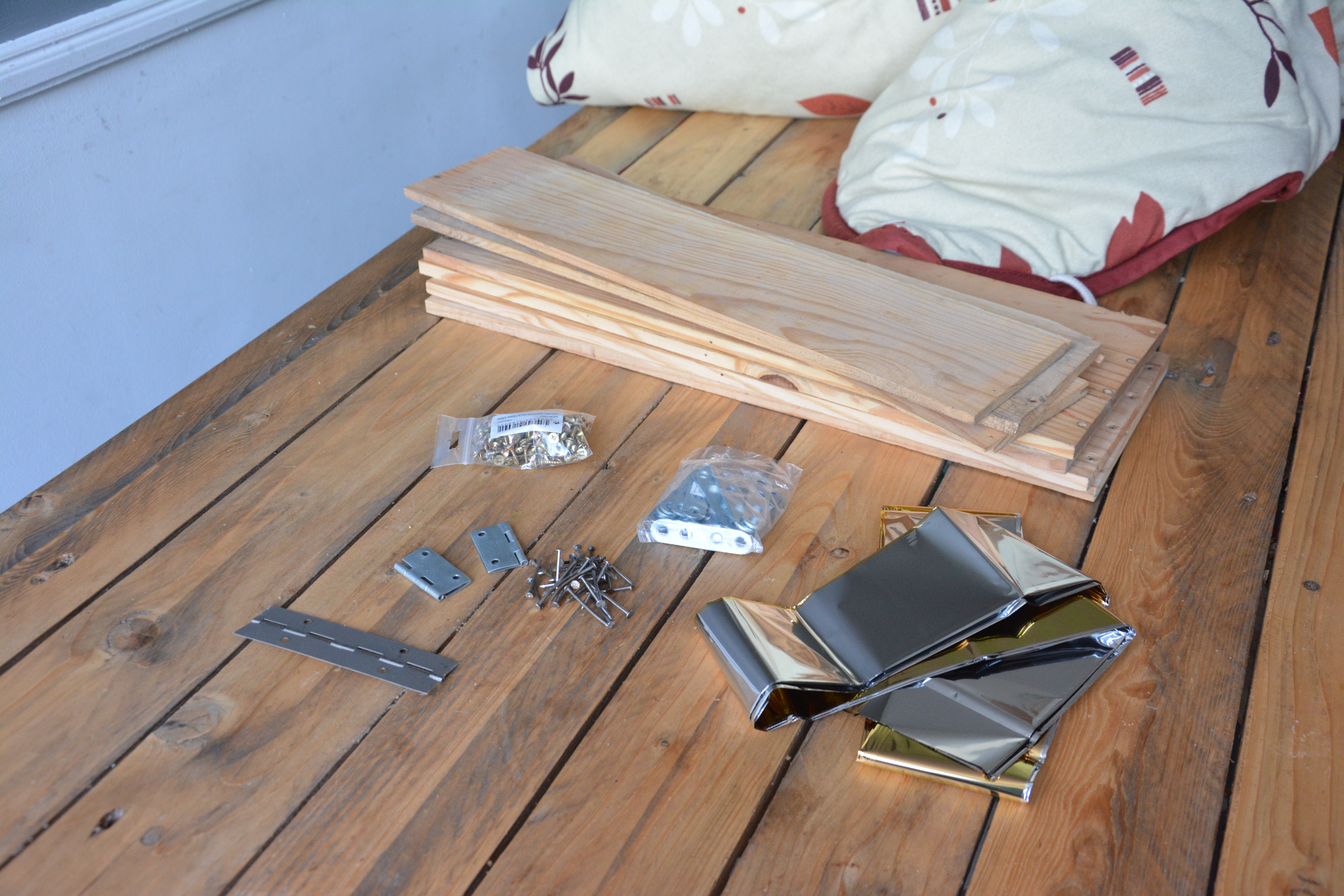
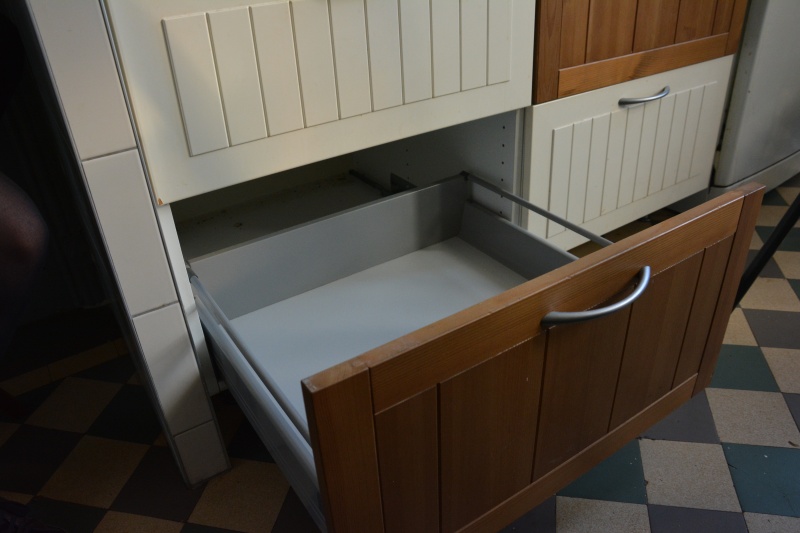
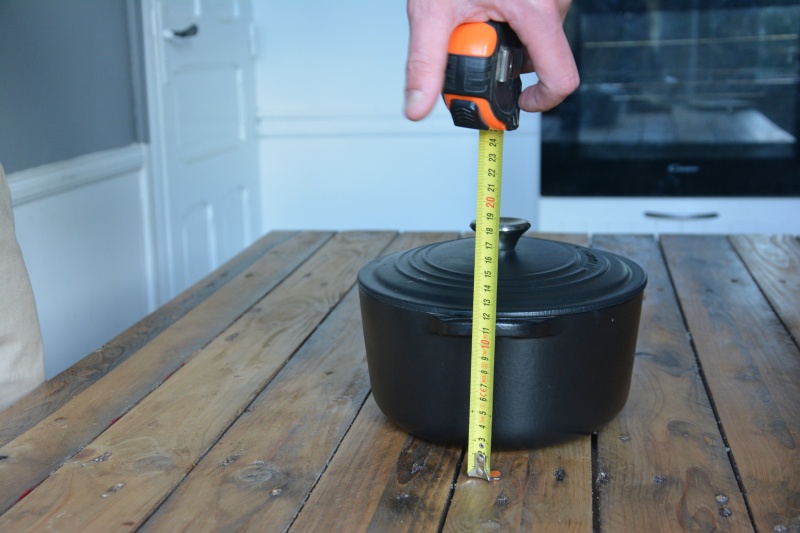
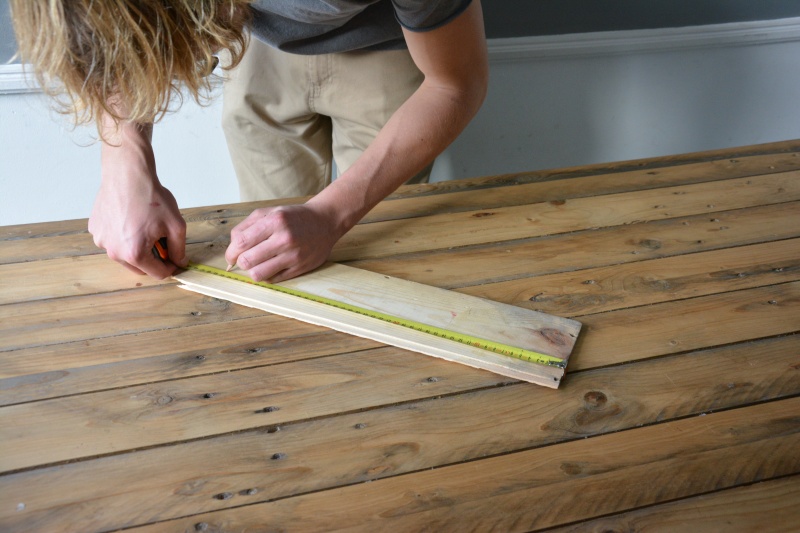
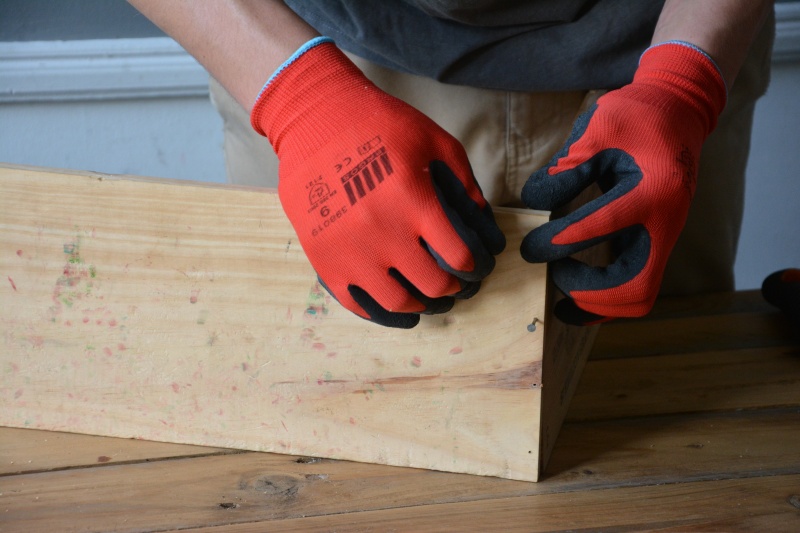
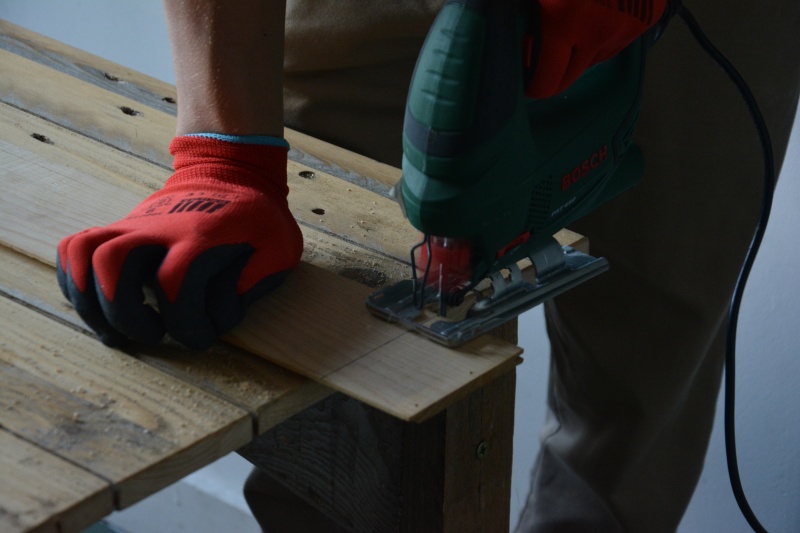
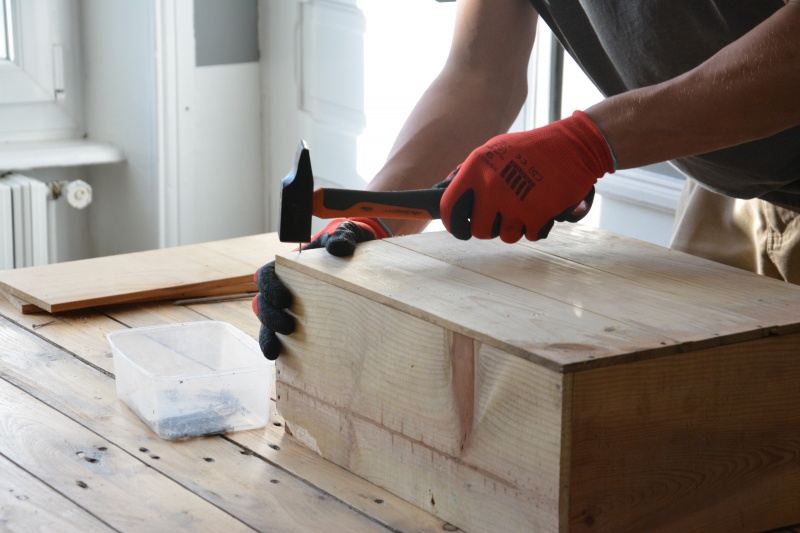
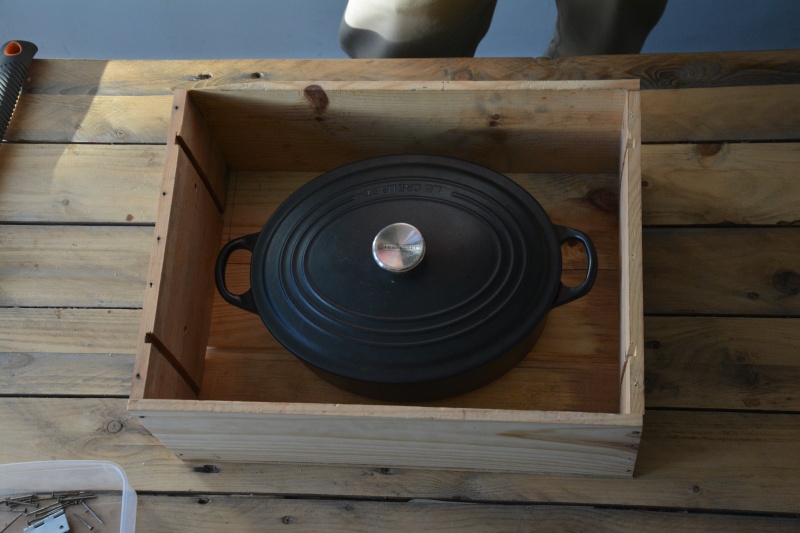
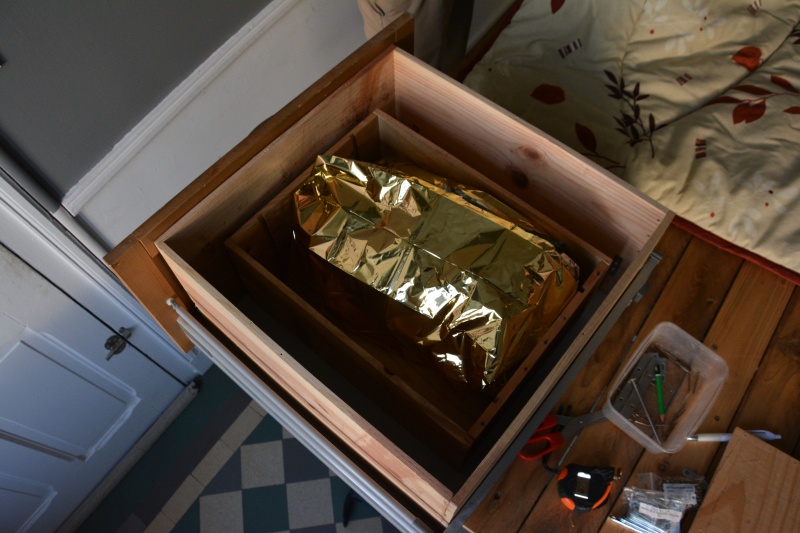
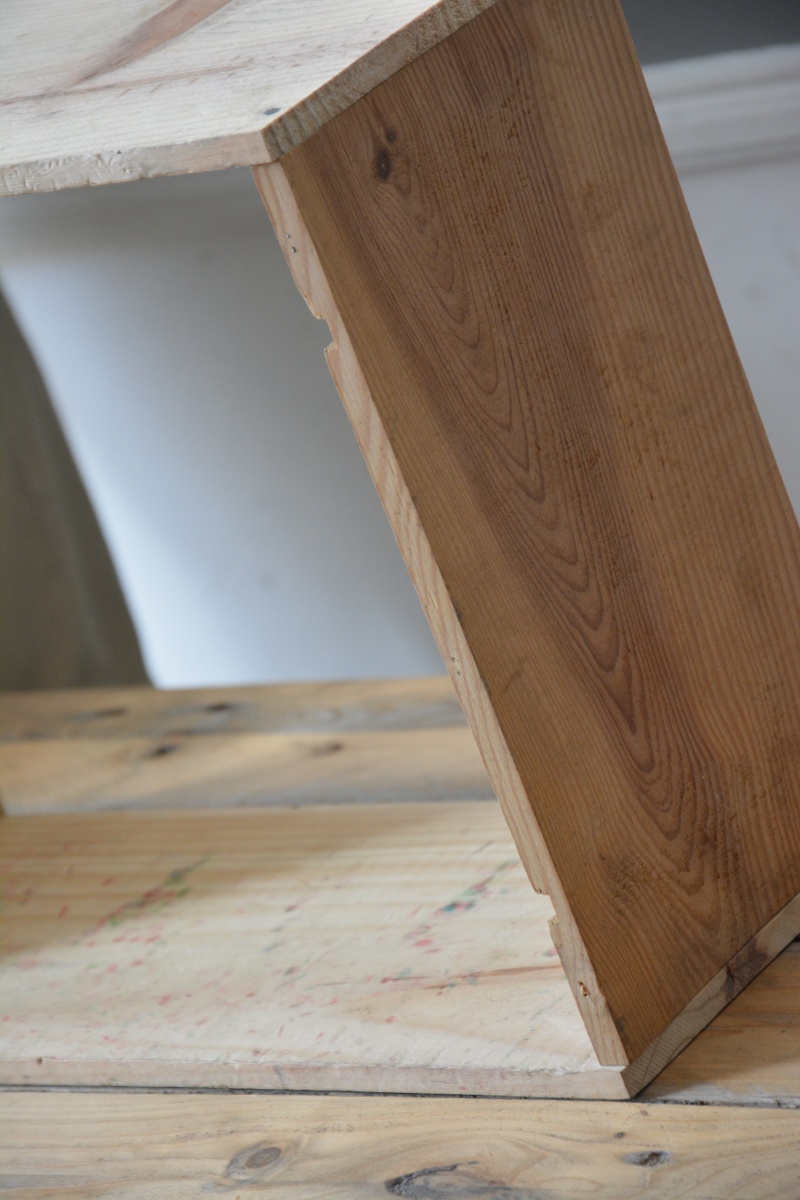
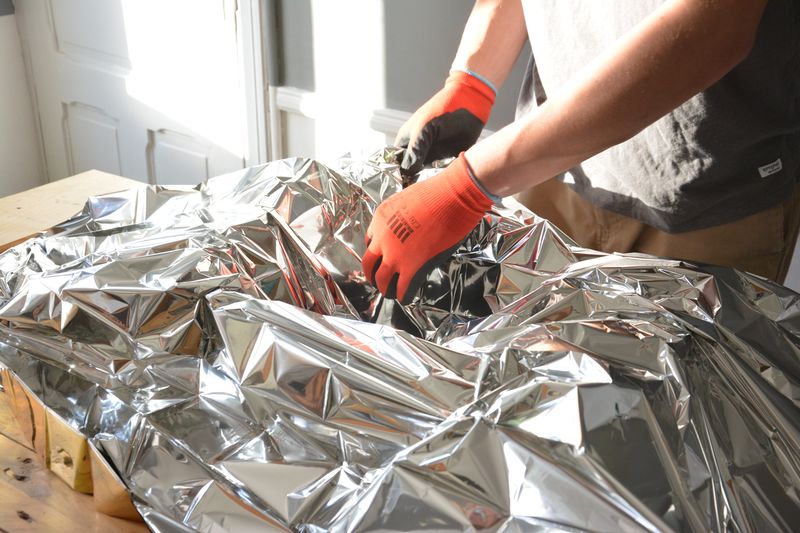
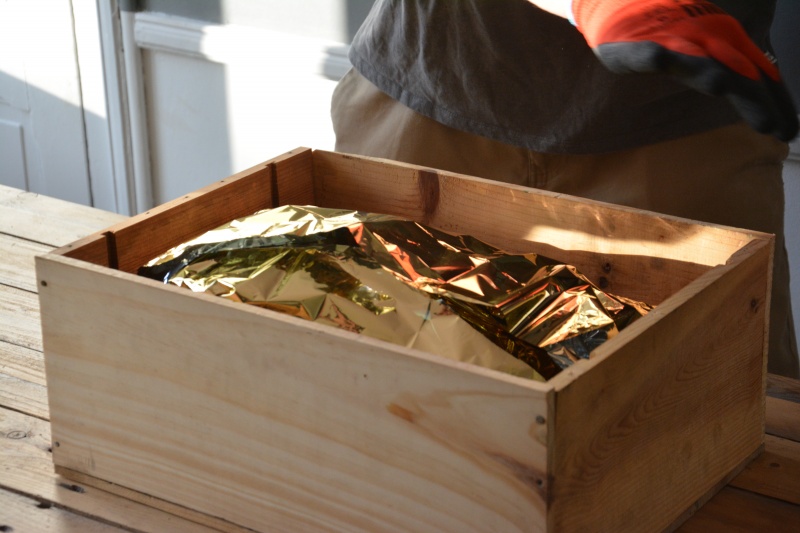
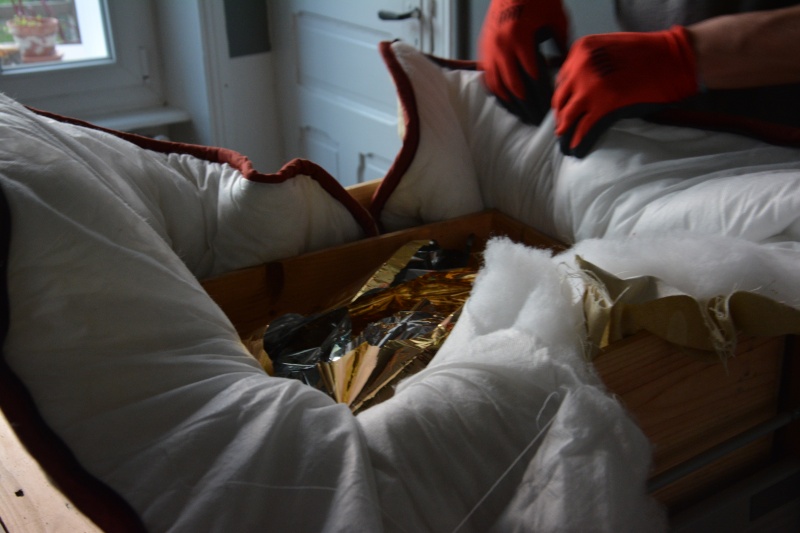
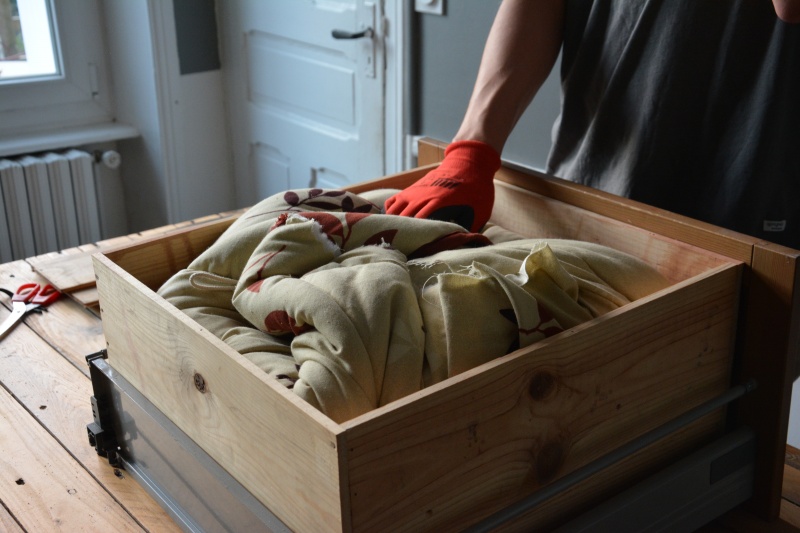
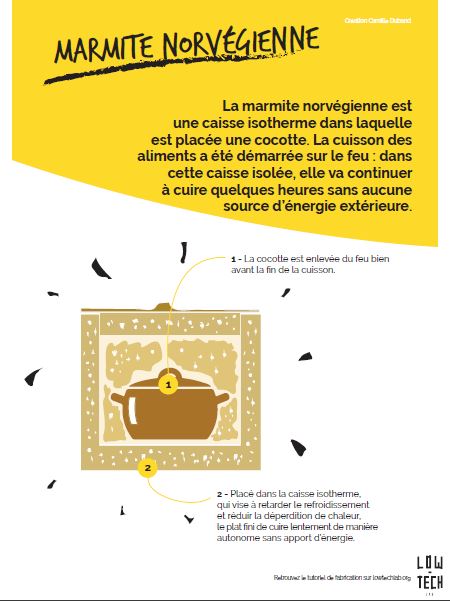
 Français
Français English
English Deutsch
Deutsch Español
Español Italiano
Italiano Português
Português